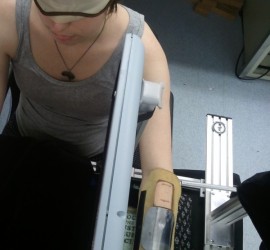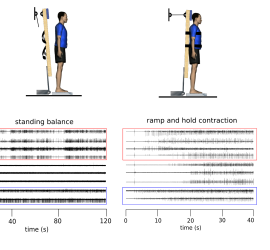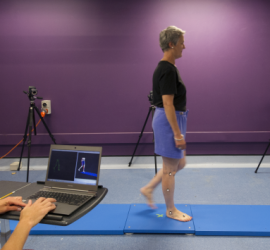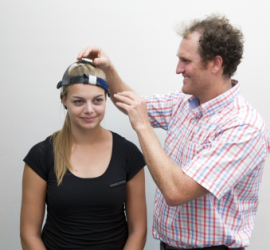How do we know the location of something we feel on our skin?
When we are touched on the skin, sensory receptors in that location fire and send a signal via nerves to the brain, but this is not enough to let us know where on our body the touch occurred. To decipher where the touch is on the body, the brain needs […]




